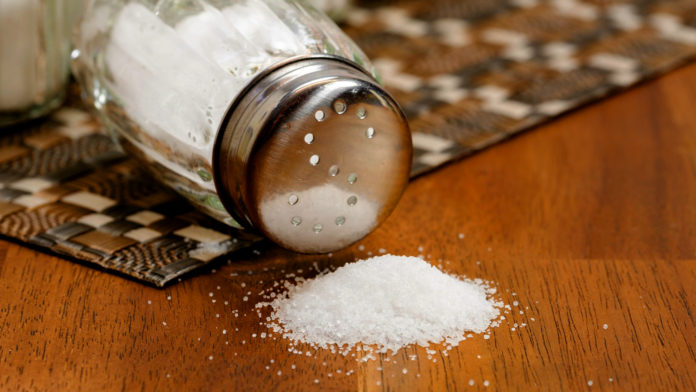An innovation that could save millions of lives started in an unlikely place with an unlikely hero. Doug Olson, an Edmonton resident inspired by years of working in the meat industry, developed a low-cost and non-toxic surface to combat the spread of antibiotic-resistant superbugs. Olson’s invention uses just one simple ingredient: salt.
Olson knew that salt is effective in preserving meat, meaning that it must weaken or kill bacteria. When he paid for the initial lab tests himself, he didn’t yet know that his salt blocks would be able to reduce the lifespan of superbugs from months to minutes.
Later partnering with researchers at the University of Alberta, Olson created a line of products called Outbreaker, using pressure to form salt into durable surfaces like doorknobs, faucet handles, and bed rails.
His partners include PhD candidate in physiology, Brayden Whitlock, and infectious disease specialist and associate professor of medicine, Dr. Stephanie Smith. Whitlock and Smith published a pilot study on the effectiveness of Outbreaker surfaces against superbug Methicillin-resistant Staphylococcus aureus (MRSA).
On anti-microbial surfaces commonly used in hospitals, MRSA survived for 90 minutes on copper, and over 6 hours on stainless steel. MRSA survived only 5 minutes on Outbreaker. Several other bacteria have also been tested with similar success, including E. coli and Salmonella.
The salt decontaminates its own surface through a combination of two mechanisms: dehydration deprives bacteria of water, and denaturation changes the structure of proteins required for life. Under these conditions, bacteria quickly die.
In hospitals, rapid self-decontamination of surfaces could reduce hand-to-hand transmission of infectious bacteria, which is the most common way that infections spread. Paired with frequent and thorough hand washing, Outbreaker could help limit dangerous infections in patients during their hospital stay.
Notably, Outbreaker can be used to cover existing grip surfaces, providing a low-cost option that can be retrofitted to existing hospital fixtures. Formed under 250 tons of pressure, Outbreaker surfaces are also remarkably durable, with an estimated 10 year lifespan, even under stringent hospital cleaning protocols. Olson is currently speaking to hospitals to test Outbreaker on site.





































